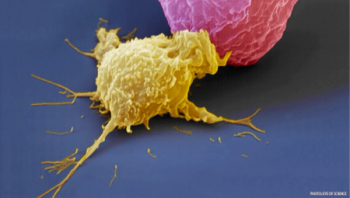
Clostridium difficile infection (C. difficile) is the most significant cause of hospital-acquired diarrhea. Data from the Center for Disease Control and prevention (CDC) reports, 14,000 Americans die every year from diarrhea causing C. difficile (2012). The organism is responsible for greater than 337,000 hospitalizations yearly and at least $1 billion in extra cost for healthcare. According to Burnett, et al. (2013), there have been significant epidemiology changes over the past decade related to C. difficile contamination.

